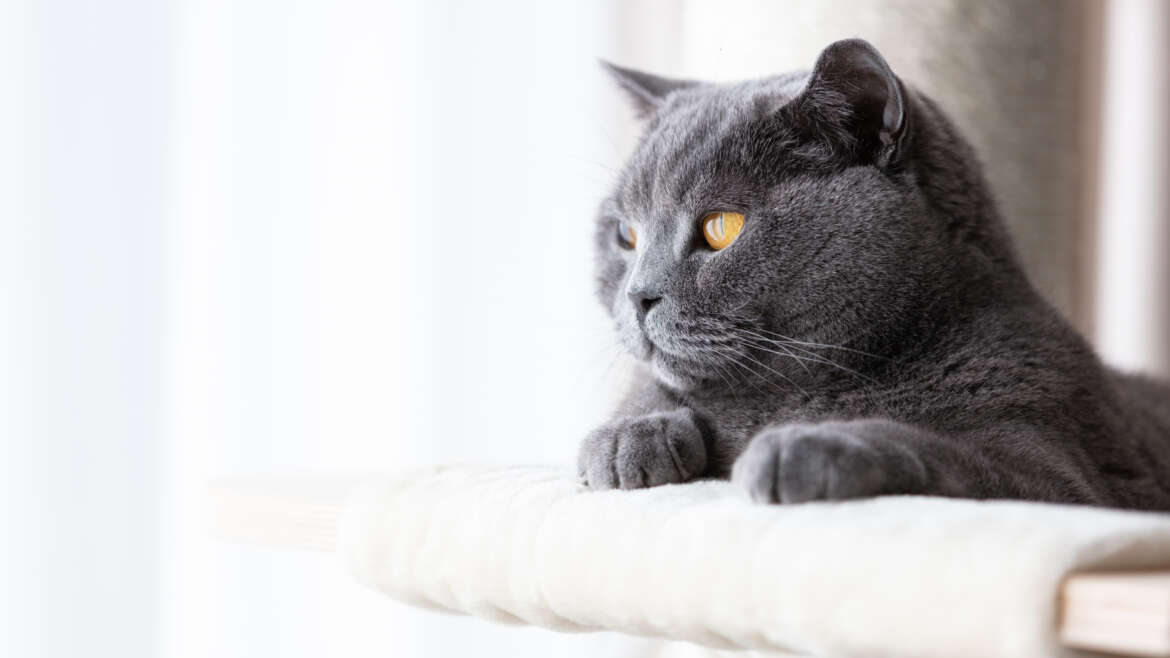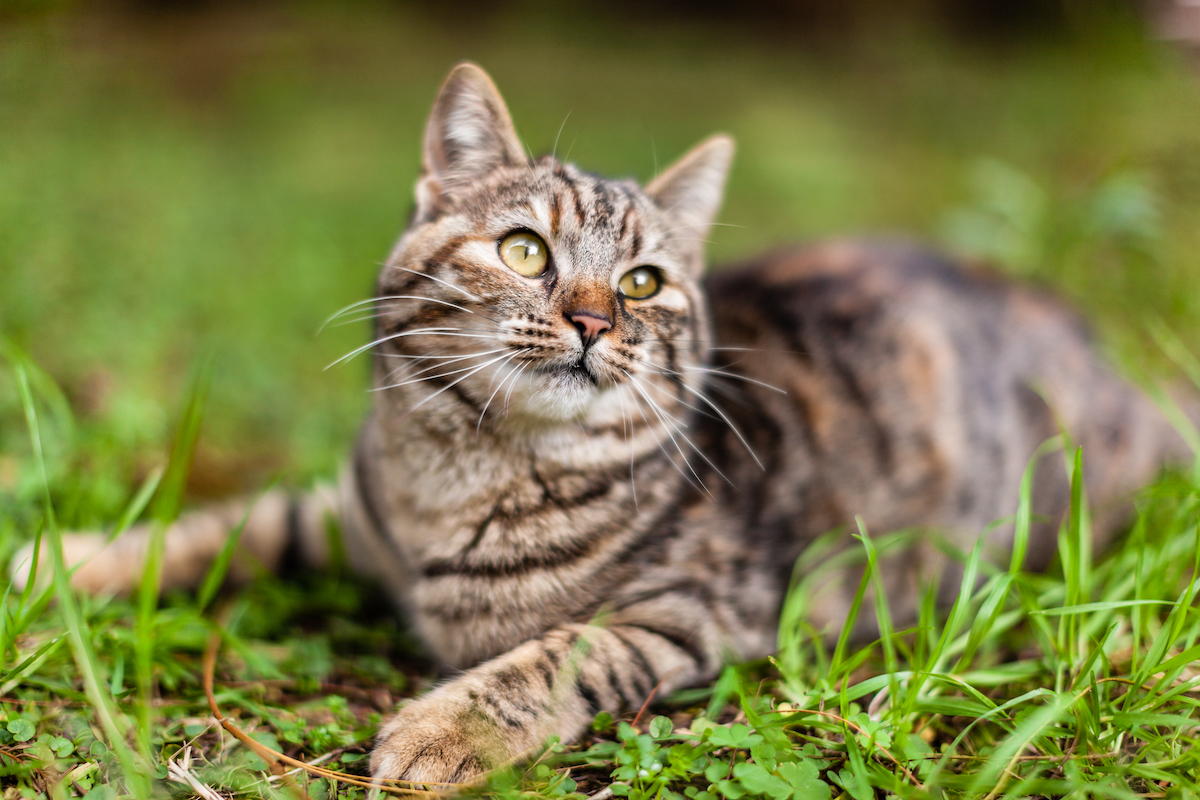When we think about our feline friends, we envision grace, independence, and a certain air of mystery. However, beneath their elegant exterior lies a vulnerability that often goes unnoticed—their susceptibility to Feline Lower Urinary Tract Diseases (FLUTD). FLUTD is a broad term encompassing a variety of conditions affecting a cat’s urinary system. In this blog post, we will embark on a journey to unravel the enigmatic world of FLUTD, exploring its causes, symptoms, and the vital steps we can take as responsible caregivers to help our furry companions.
The Multifaceted Nature of FLUTD:
FLUTD is not a single ailment but a cluster of urinary disorders that can afflict cats of all ages, sexes, and breeds. These conditions include feline idiopathic cystitis (FIC), urinary tract infections (UTIs), urinary stones or crystals, bladder tumors, and urethral obstructions. It is crucial to understand the complexity of FLUTD as each condition demands specific diagnostic and treatment approaches.
The Role of Diet:
Dietary factors play a significant role in the development and management of FLUTD. In particular, a cat’s diet should be formulated to promote urinary health, emphasizing hydration, appropriate mineral balance, and acidity levels. Water is a cat’s best friend when it comes to preventing urinary issues, so incorporating wet food and providing a fresh water source can help maintain adequate hydration.
Stress and Environmental Enrichment:
Stress is a known trigger for FLUTD, especially in cases of FIC. Cats are highly sensitive creatures, and changes in their environment, such as moving to a new home, introduction of a new pet, or alterations in daily routines, can cause significant distress. Ensuring a stress-free environment through environmental enrichment, such as providing hiding spots, vertical spaces, and interactive toys, can help reduce the risk of FLUTD.
Identifying the Subtle Signs:
Detecting FLUTD can be challenging, as cats are masters of disguising pain and discomfort. Some common signs include frequent urination, straining while urinating, blood in the urine, urinating outside the litter box, excessive licking of the genital area, and vocalization during urination. It is essential to stay vigilant and consult a veterinarian at the first signs of abnormal urinary behavior.
The Importance of Veterinary Intervention:
If FLUTD is suspected, prompt veterinary care is crucial. A veterinarian will conduct a thorough examination, including a physical assessment, urinalysis, and potentially imaging techniques to determine the underlying cause. Treatment options may involve pain management, antibiotics, anti-inflammatory medications, dietary modifications, and, in severe cases, surgery.
Preventive Measures for Optimal Urinary Health:
Prevention is better than cure when it comes to FLUTD. As responsible cat guardians, we can take proactive steps to minimize the risk factors associated with these conditions. This includes maintaining a consistent routine, providing a clean litter box, promoting regular exercise, and ensuring access to fresh water at all times. Additionally, routine veterinary check-ups and discussions about urinary health can help identify early signs of FLUTD.
In conclusion, Feline Lower Urinary Tract Diseases (FLUTD) may be an elusive topic, but it is our responsibility as cat lovers to shine a light on these often hidden struggles. By understanding the complexity of FLUTD, recognizing its symptoms, and implementing preventive measures, we can significantly improve the quality of life for our feline companions. Let us pledge to be attentive, informed caregivers, ensuring that our beloved cats lead a life of urinary wellness and contentment.



